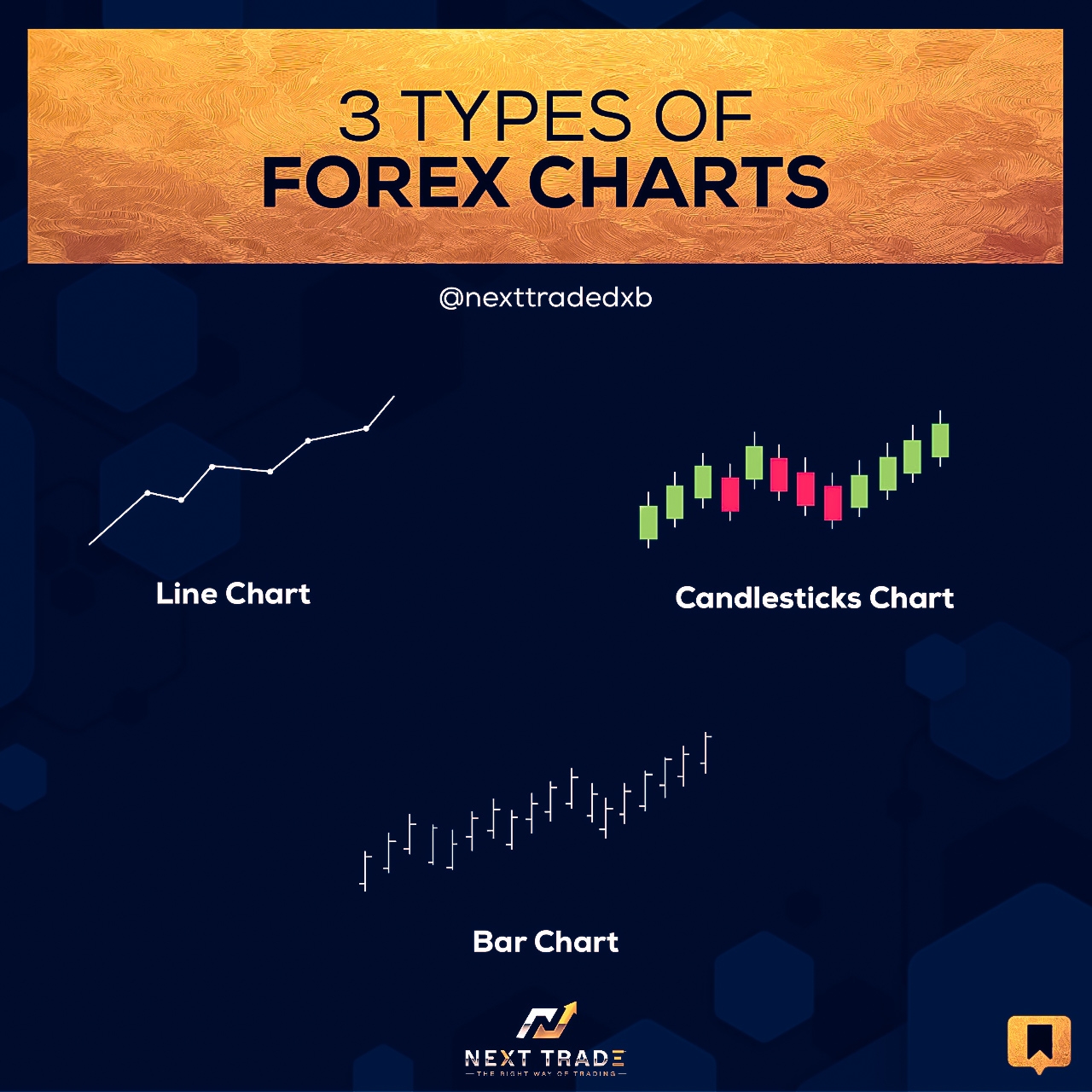Point-and-Figure (P&F) Chart
A point-and-figure (p&f) chart is a technical analysis chart that graphs accumulation and distribution of prices within a given timeframe. It is often used as a tool for studying price trends and predicting future prices. The basic concept of a p&f chart is easy to understand. A horizontal line shows the current price, while a vertical line shows how prices change over time. Points above the line indicate an increase in price, and points below the line indicate a decrease in price. A point-and-figure chart is used to graphically display price movements and trends. The chart is typically used to track the movement of a stock, commodity, or currency. Point-and-figure charts can be used in a variety of ways. They can be used to identify patterns in price movements and to predict future prices. Using a point-and-figure chart is easy. Simply locate the desired timeframe on the horizontal axis and plot the current price on the vertical axis. Toplot price movements, draw arrows from the current price to the corresponding points on the chart. Point-and-figure charts are also useful for identifying support and
resistance levels. What is a point-and-figure chart? A point-and-figure chart is a type of technical chart that shows the price of a security over time. The chart is drawn as a box with points at the bottom and top of the box. The points correspond to the price of the security at different points in time. How can I use a point-and-figure chart in trade price figure chart charts? Some of the ways to use a point-and-figure chart in trade price figure charts are to identify support and resistance levels. By looking at the points on the chart, you can see where the price of the security has bounced from in the past and if there are any areas where buyers or sellers are firmly entrenched. This information can help you make better investment decisions.
What is a Point-and-Figure Chart? A point-and-figure chart is a graphical depiction of prices and quantities in trade. A box PA or PP represents a buyer, while a box PB or PQ represents a seller. The width of the boxes indicates the magnitude of the trade. How is a Point-and-Figure Chart Used in Trade? If you are looking to buy or sell securities, a point-and-figure chart can help you make informed decisions. As the name implies, the chart emphasizes the quantity and price of a particular trade. For example, if you want to buy a security, you would want to see a box with a small width next to the PA box for the security you are interested in. If the price of the security falls within the confines of the PP box, it is an indication that the security is being offered at a discount. If the price of the security falls outside of the PP box, that indicates there is more interest than available stock and the security may be more expensive. Similarly, if you are selling a security, you would want to see a box with a large width
that includes the high and low price for the particular day. What is a Point-and-Figure Chart? A point-and-figure chart is a graphical way of representing price action for a security. It is also known as a price figure chart. How does a Point-and-Figure Chart Work? The point-and-figure chart shows box plots for the high and low prices per day for a security. This gives you a visual representation of the price action for the security over time. How to Use a Point-and-Figure Chart To use a point-and-figure chart, you first need to set up your data. You will need to provide the highest and lowest prices for each day. You will also need to provide the opening and closing prices for the day. Next, you will need to create a chart. You will want to create a box plot with a large width that includes the high and low price for the particular day. You will also want to create a vertical box plot to show the percentage of change from the previous day’s price. Finally, you will want to use
the . Point-and-figure (p&f) charts are a popular way to visualize stock prices. They are also commonly used in financial trading. A point-and-figure chart is a chart that shows the change in stock prices over a given period of time. The chart is split into two main sections: the price column, which shows the change in stock prices, and the percentage column, which shows the percentage change from the previous day’s price. The chart can be used to visualize a wide variety of information. For example, you can use it to show how the stock price has changed over a given period of time, to track a stock’s performance over time, or to identify areas of strength and weakness in a company.






